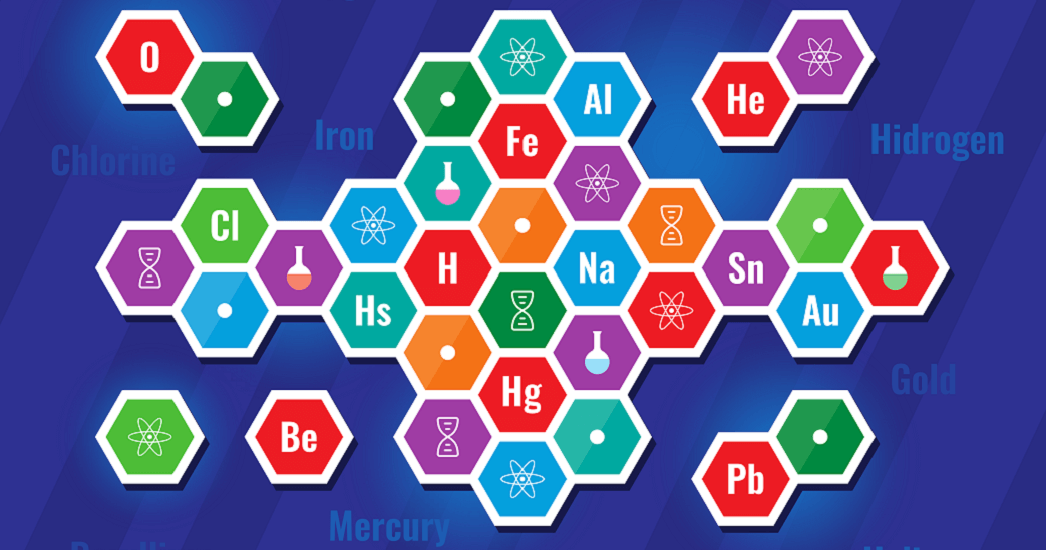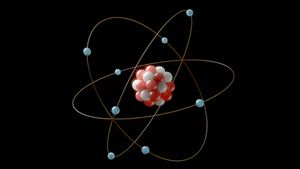The periodic table is one of the most iconic symbols in the field of chemistry. It is a visual representation of the elements that make up the universe and has helped scientists to understand the behavior and properties of these elements. The periodic table is a fascinating subject with a rich history, and in this article, we will explore the evolution of the periodic table from its inception to modern times.
History of the Periodic Table
The idea of arranging elements in a systematic way was not a new concept when the periodic table was first proposed. Early chemists, including Antoine Lavoisier and John Dalton, had begun to categorize elements based on their atomic weights. However, it was the Russian chemist Dmitri Mendeleev who is credited with creating the first recognizable periodic table in 1869.
Mendeleev's table arranged the elements in order of increasing atomic weight, with elements that had similar properties placed in the same vertical columns. He left gaps in his table where he believed undiscovered elements should exist, and he was later proved correct when the elements he predicted were eventually discovered.
Mendeleev's periodic table was a significant step forward in our understanding of the elements, but it was not perfect. As more elements were discovered, it became clear that atomic weight was not the only factor that influenced an element's behavior. Scientists began to recognize other properties, such as the atomic number and electron configuration, which needed to be considered when organizing the elements.

The Modern Periodic Table
The modern periodic table, as we know it today, is based on the work of Henry Moseley, a British physicist who discovered that each element has a unique number of protons in its nucleus. This number, which is known as the atomic number, provides a more accurate way of organizing the elements than atomic weight.
In the modern periodic table, the elements are arranged in order of increasing atomic number, with elements that have similar properties placed in the same vertical columns. These columns are known as groups, and there are 18 groups in the modern periodic table.
One of the most significant developments in the modern periodic table is the concept of periodicity. This refers to the regular repetition of properties among the elements. For example, elements in the same group have the same number of valence electrons and similar chemical reactivity.
Uses of the Periodic Table
The periodic table is a fundamental tool for chemists, and it has numerous practical applications. One of the most important uses of the periodic table is in predicting the behavior of elements in chemical reactions. By understanding the properties of an element, scientists can predict how it will react with other elements, and this knowledge is used in many areas, including the pharmaceutical industry, materials science, and environmental science.
The periodic table is also used in the development of new materials. By understanding the properties of different elements, scientists can create new compounds with specific properties. For example, the development of high-strength alloys used in aerospace and automotive applications is dependent on our understanding of the periodic table.
Another use of the periodic table is in the field of nuclear energy. Many of the elements on the periodic table are radioactive, and scientists use this property to develop new technologies, such as nuclear power plants and medical imaging techniques.
Conclusion
The periodic table is a symbol of the scientific progress that has been made over the past few centuries. From the early categorization of elements based on atomic weight to the modern periodic table, the periodic table has evolved into a powerful tool for understanding the behavior of the elements.
The periodic table has numerous practical applications, and its importance cannot be overstated. It has revolutionized the field of chemistry and has helped scientists to develop new technologies and materials that have had a significant impact on our lives.
As we continue to discover new elements and gain a better understanding of the properties of existing elements, the periodic table will continue to evolve. In recent years, there have been discussions about the need for a new periodic table that could better reflect the properties of elements and their isotopes. However, any new table would have to be carefully constructed to maintain the principles of periodicity and to ensure its usefulness in practical applications.
In addition to its scientific importance, the periodic table has also become an important cultural icon. It is recognized by people around the world and has appeared in countless books, movies, and television shows. Its iconic design has also inspired artists and designers, who have used it as a basis for artwork and fashion.
Overall, the history and evolution of the periodic table is a fascinating subject that demonstrates the power of scientific discovery and the importance of collaboration and innovation. As we continue to explore the universe and the elements that make it up, the periodic table will remain an essential tool for understanding and organizing our knowledge of the elements.




